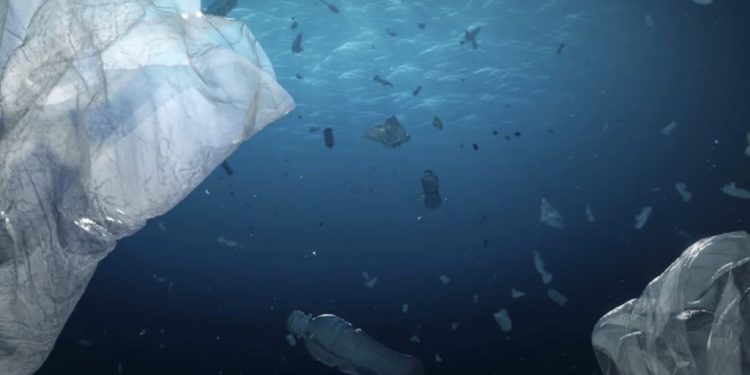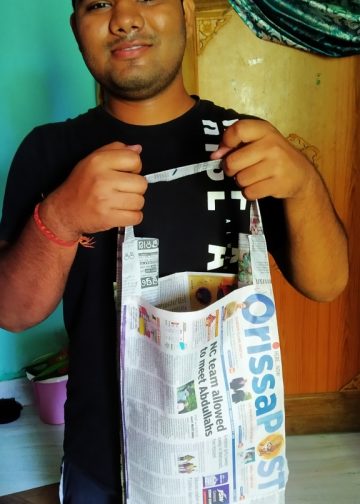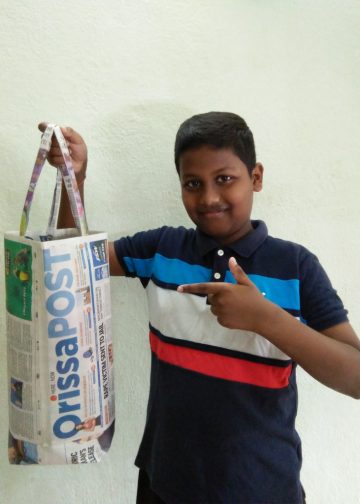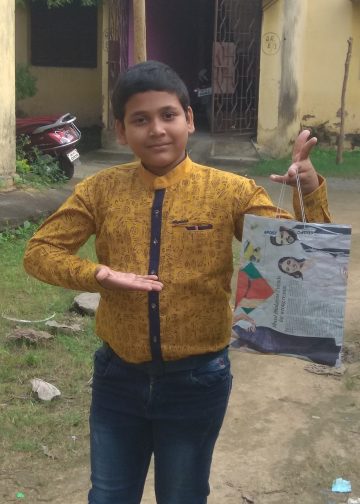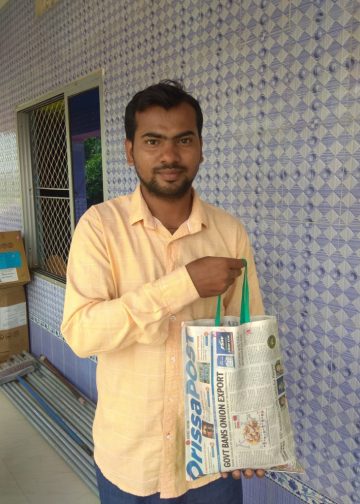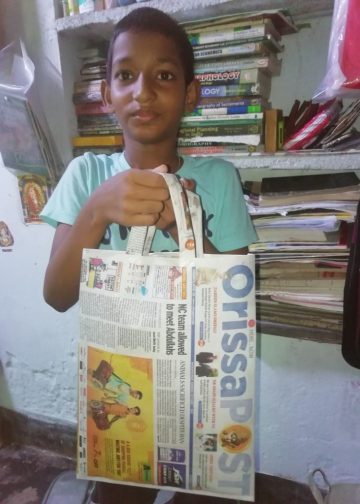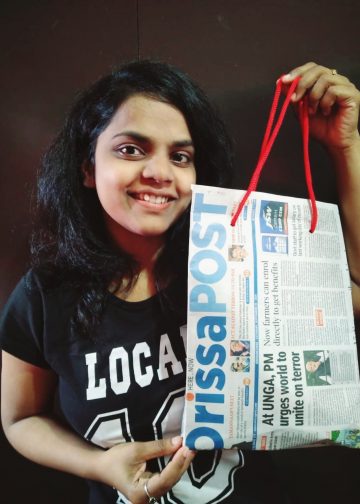Plastic is in our rivers, oceans, air, food… and yes, even in our bodies. Scary, right? But here’s the bigger question—can we still beat plastic pollution? Today, on the occasion of World Environment Day 2025, let’s dive deep into the crisis that is choking our planet—plastic pollution. We’ll break down the numbers, the impact on health and the environment, and most importantly, what’s working and what we can all do.
Why World Environment Day Matters
World Environment Day, observed every June 5, is more than just a symbolic event. Led by the United Nations Environment Programme, it’s the world’s largest platform for environmental outreach. And this year, 2025, the call is clear: ‘Beat Plastic Pollution’.
That’s not a slogan—it’s a global SOS because we are quite literally drowning in plastic.
Plastic Pollution—By the Numbers
Let’s get real. Since the 1950s, we’ve produced over 8.3 billion tonnes of plastic. That’s more than the weight of all humans combined—ten times over!
And here’s the punchline: only 9% of that plastic has ever been recycled.”
Here’s how the numbers break down:
- Globally, we produce hundreds of millions of tonnes of plastic every year.
- India alone contributes around 9 million tonnes annually.
- An estimated 11 million tonnes of plastic waste enters aquatic ecosystems each year.
- There are currently 109 million tonnes of plastic floating in our rivers.
- Every single minute, a truckload of plastic waste finds its way into the ocean. That’s 12.7 million tonnes annually.
- And if we don’t act now, by 2050, our oceans might contain more plastic than fish—by weight.
How Plastic Pollution Affects Us All
This isn’t just about dirty beaches. It’s about life, human and animal.
Over 700 marine species are already affected by plastic. Sea turtles, dolphins, and seabirds—they get tangled in plastic nets or mistake plastic for food.
On land and in freshwater too, plastic takes centuries to break down, leaking toxic chemicals into the soil and water.
And it’s affecting us humans. Studies show we’re consuming about 5 grams of plastic each week—that’s like eating a credit card.
Microplastics are now in our drinking water, our food—even the air we breathe. And the health risks? Increased chances of cancer, fertility problems, and hormonal imbalances.
The Economic Cost
Plastic pollution doesn’t just kill wildlife—it hits our wallets too.
The annual social and environmental cost of plastic pollution is estimated at anywhere between $300 billion to $600 billion. That includes healthcare costs, cleanup operations, and lost ecosystem services.
Solutions That Are Working
Innovation in Action
The good news is—this is one crisis we can still solve. And the battle is already underway.
In Japan, scientists have developed plastic that completely dissolves in seawater within hours.
In the Netherlands, the Great Bubble Barrier uses a wall of air bubbles to steer plastic waste to the surface of rivers—stopping 8,000 plastic items from reaching the sea every month.
And the Ocean Cleanup Project is using solar-powered interceptors to pull millions of kilograms of plastic out of rivers across eight countries.
Biotech And Recycling
New enzyme-based biotechnologies are now making it possible to break down even low-quality plastics—turning them back into raw materials. This could finally close the loop in plastic recycling.”
Policy And Global Action
Governments around the world are acting too. From banning single-use plastics to negotiating a global treaty on plastic pollution, change is happening—top-down and bottom-up.
And What Can YOU Do?
“Your role matters more than you think. Here’s how you can be part of the solution:
- Refuse single-use plastics—carry your own bags, bottles, and cutlery.
- Reduce your plastic consumption wherever possible.
- Reuse and recycle smartly.
- Join a cleanup drive in your area.
- And most importantly, talk about it. Awareness spreads action.
On this World Environment Day, let’s remember—plastic pollution is not someone else’s problem. It’s mine, it’s yours, and it’s ours to fix.
By Sandeep Sarangi

